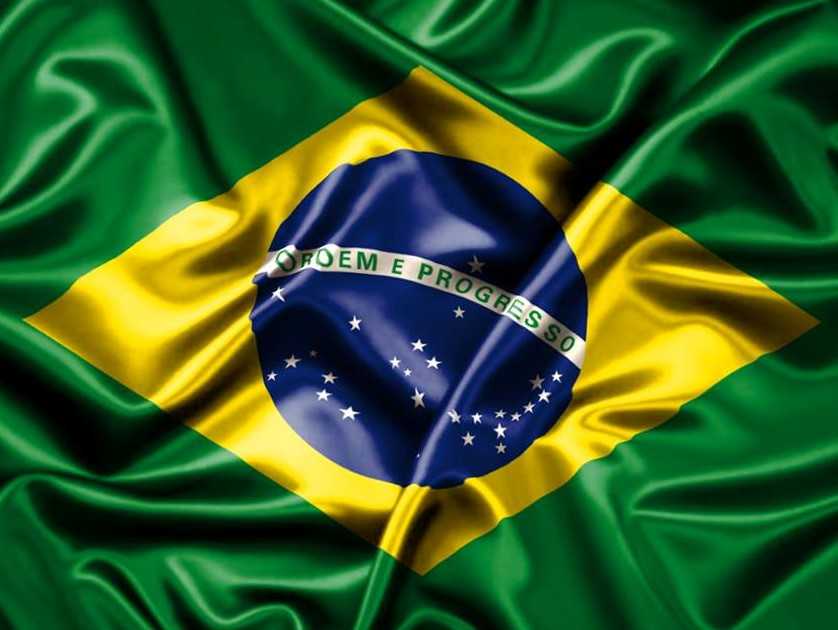SÃO PAULO, Brazil – The year of 2017 was characterized by the significant and continuous drops of arabica and robusta coffee values in Brazil, says Cepea in its latest report.
Despite the lower production in the 2017/18 season, due to the negative biennial cycle, arabica prices were pressed down by international decreases, mainly in the first months of the year.
In the second semester, comfortable inventories in consuming countries and good expectations for the next crop in Brazil (2018/19) pressed down quotes in both the domestic and international markets for arabica.
As for robusta, demand of some coffee roasters to produce blends was heated, but values dropped because of higher domestic production and perspectives of higher supply in the 2018/19 season in Brazil and 2017/18 in Vietnam.
Due to sharp price drops, arabica and robusta producers were refrained in 2017, reducing the pace of trades. Moreover, most importers of the Brazilian product had comfortable inventories this year and reduced importations of the national coffee.
Arabica
Values dropped significantly in the first semester, but increased slightly in the second part of the year. In July and August, refrained sellers and concerns involving the 2017/18 crop pushed up quotes slightly. In that period, producers were concerned with possible frosts in some regions and most coffee beans presented quality problems. According to players surveyed by Cepea, rains during the coffee bean filling stage reduced coffee screen in most part of the 2017/18 crop, mainly in southern Minas Gerais.
In general, in the second semester, players were focused on the development of the 2018/19 season. Rains in August helped the blossoming in some areas surveyed by Cepea; however, in September, the weather was dry and hot in most producing regions, leading to withering and detrashing in many coffee crops, eliminating the possibility of a record crop in 2018/19. On the other hand, rains returned in October and intensified in November, allowing good blossoming and a satisfactory development of fruitlets. This scenario renewed expectations for a good 2018/19 crop, which ended up pressing down domestic and international values of arabica again.
The highest monthly average of CEPEA/ESALQ Index of arabica type 6, hard cup or better (delivered in São Paulo city), was observed in January, at 514.23 BRL per 60-kilo bag, in nominal terms. The lowest average (445.85 BRL per bag), on the other hand, was registered in June – specifically on June 22, the Index registered the lowest daily level in 2017, at 424.37 BRL per bag.
In the partial of the 2017/18 season (from July to December 2017), the arabica Index averaged 451.88 BRL per 60-kilo bag, for a decrease of 10.95% compared to the same period of the 2016/17 crop. From Dec/16 to Dec/17, specifically, the decrease surpasses 10%.
Robusta
Favorable weather in 2017 improved production and quality of robusta coffee beans, both in Espírito Santo and in Rondônia. The higher volume of rains last year also increased the 2018/19 productive potential, which pressed down quotes.
From October onwards, the downward trend intensified, due to expectations for a good 2017/18 harvesting in Vietnam, the world’s biggest robusta producer. According to the USDA report, released in December, the country might harvest 29.9 million bags this season, increasing 12% compared to the previous.
As observed for arabica, the highest average of the CEPEA/ESALQ Index of robusta type 6, screen 13, Espírito Santo State, at 495.20 BRL per 60-kilo bag, was observed in January. The lowest average, in turn, was registered in November, at 365.36 BRL per bag.
In the partial of the 2017/18 seson (from July to December 2017), the average of the robusta Index dropped 15.6% in relation to the crop before, averaging 389.75 BRL per bag. From December/16 to December/17, the decrease is 25.7%.
Exportations
According to Cecafé, in the partial of this season (from July/17 to November/17), green coffee shipments amounted 11.18 million bags, downing 14% compared to the same period of the crop before (2016/17).


















